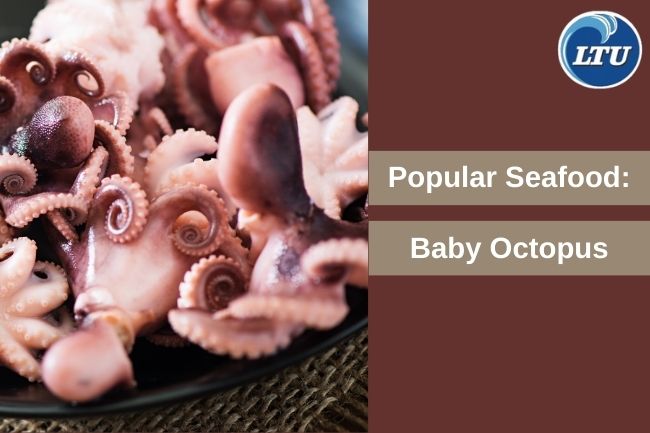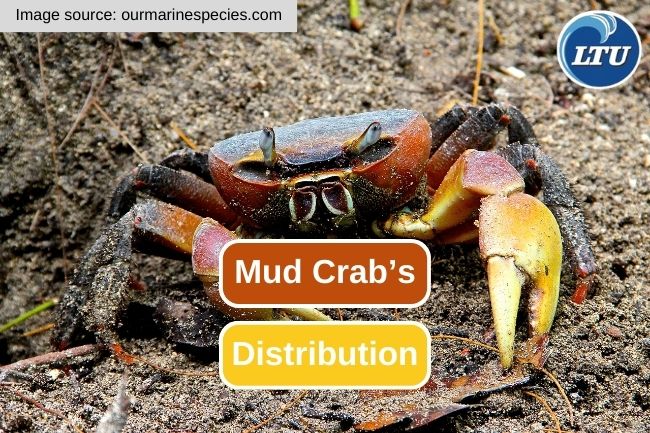The Remarkable Range of Mantis Shrimp Distribution
By. Nevanda - 01 Sep 2023
lauttimur.com - Mantis shrimp are marine crustaceans that inhabit various coastal and shallow marine environments around the world. They can be found in tropical and subtropical waters, particularly in the Indo-Pacific region, although some species also occur in other parts of the world. In this article we will discuss some details about the distribution of mantis shrimp.
Mantis shrimp are typically found in warm tropical and subtropical waters. They inhabit coral reefs, rocky substrates, sandy or muddy bottoms, and seagrass beds. Some species prefer deeper waters, while others are commonly found in shallow coastal areas.
Read also: How to Make Homemade Scallop Ceviche
Countries with extensive coral reef systems, such as Indonesia, the Philippines, Australia, and various Pacific Island nations, have a diverse range of mantis shrimp species. Additionally, countries along the coasts of the Indian Ocean, the Red Sea, and the South China Sea also host various mantis shrimp species.
The majority of mantis shrimp species are found in the Indo-Pacific region, which includes the waters around Southeast Asia, Australia, the Indian Ocean, and the western and central Pacific Ocean. This region is known for its high biodiversity and is a hotspot for mantis shrimp diversity.
While mantis shrimp diversity is highest in the Indo-Pacific, a few species are also found in the Atlantic Ocean and Caribbean Sea. These species are less diverse and less abundant compared to their Indo-Pacific counterparts.
Different mantis shrimp species have adapted to various habitats within their distribution range. Some prefer sand or mud burrows, while others live among coral reefs or rocky substrates. The diversity of mantis shrimp species is partly attributed to their ability to occupy different ecological niches.
Mantis shrimp distribution is influenced by a combination of factors, including water temperature, salinity, depth, substrate type, and availability of prey. They have evolved to thrive in a range of environments with specific adaptations to their chosen habitats.
Read also: Try This Salmon Bruschetta Recipe at Home








